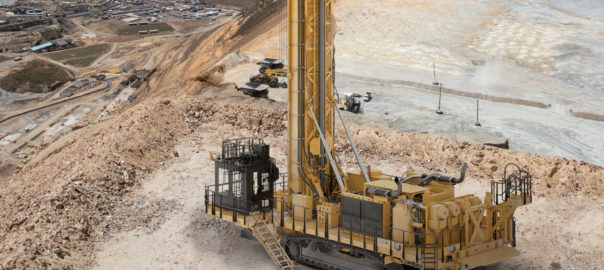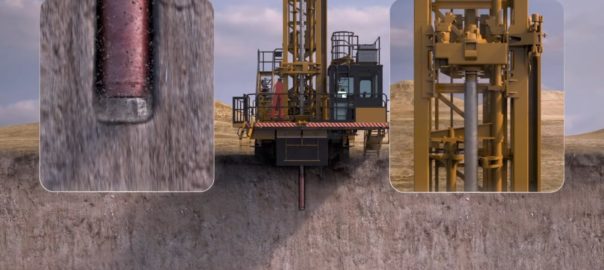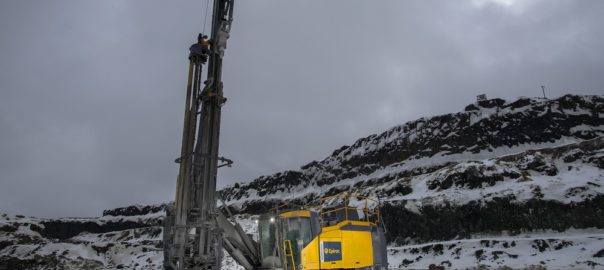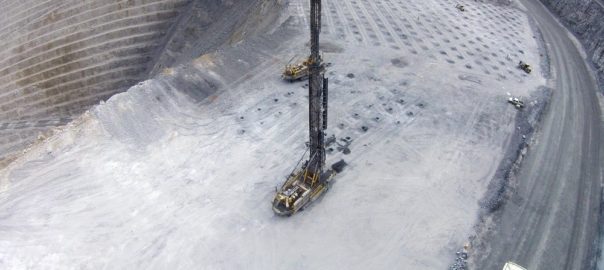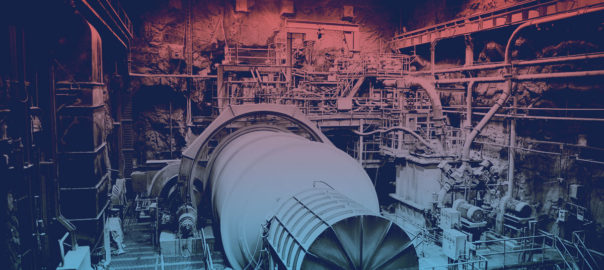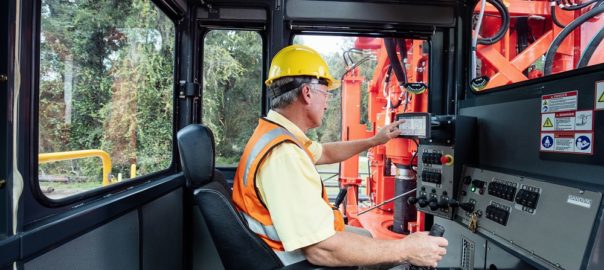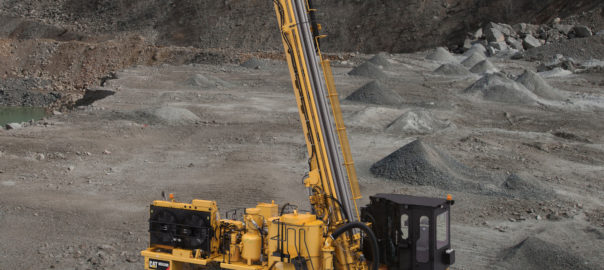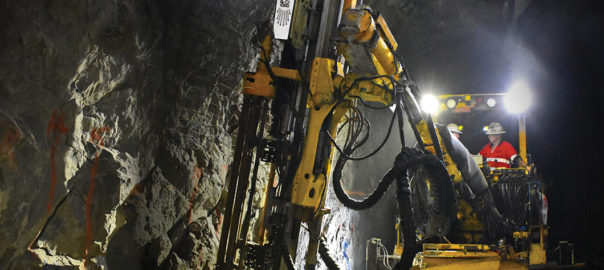Global software company acQuire has introduced mobile blasthole sampling in its latest release of GIM Suite 4.2.
The update extends acQuire’s mobile app to include mobile data capture for blasthole sampling in open-pit mines, it said.
acQuire explained: “The app, called acQuire Arena, gives miners a better way of working when capturing blasthole samples. Samplers and pit technicians can position themselves on the blast pattern, capture samples on simple, user-friendly forms and instantly validate their data at the point of capture.”
This speeds up the time it takes data logged in the pit to become available to downstream grade control processes like modelling and ore blocking, according to the company.
“In the current global climate, where many are affected by COVID-19 restrictions through either reduced or paused operations, it’s becoming crucial for miners to use new technology solutions to their advantage,” acQuire said.
Steve Mundell, Director of Product, said enhancements to the acQuire Arena app extended its data capture capabilities for grade control so pit samplers could work faster and more accurately.
“Miners who are still logging on paper, or using more manual methods of data collection, now have a reliable and modern mobile solution that works in the pit and seamlessly synchronises data back to the central database,” he said.
The acQuire Arena app is purpose-built for GIM (Geoscientific Information Management) Suite, with full integration across desktop, web and mobile, according to the company. “Its modern, user experience designed interface dynamically changes across different device sizes and it is optimised for Android and iOS operating systems, giving geologists more freedom to choose the device they prefer to use,” it said.
The GIM Suite 4.2 software release marks a significant step on acQuire’s technology roadmap, it said. “With greater functionality added across web and mobile, customers will continue to benefit from more and more features introduced in the future,” the company added.
acQuire says it provides geoscience data management software and services for the global mining industry with five offices worldwide and customer support centres operating in each major time zone.








